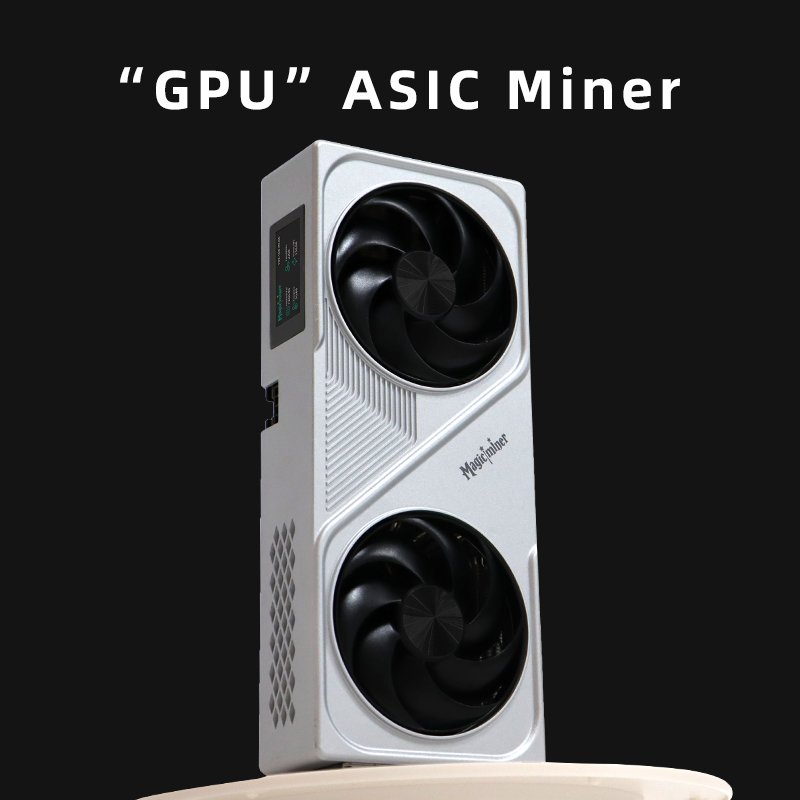What is an ASIC Miner?
In cryptocurrency, mining is essential for validating transactions and securing blockchain networks.Among mining hardware, the ASIC miner—Application-Specific Integrated Circuit miner—is the most efficient for Bitcoin and other SHA-256 coins.
Home users may want a quiet, energy-efficient setup, while professionals may run large-scale mining farms.
Choosing the right ASIC miner greatly affects profitability.
This guide explains what ASIC miners are, how they work, their advantages, and buying considerations.
We also highlight two 2025 models: the BG02 and FM01.

- What is an ASIC Miner?
An ASIC miner is a specialized device designed to run complex hashing algorithms for cryptocurrency mining.Unlike CPUs and GPUs, it is optimized for a single algorithm, delivering maximum performance.This makes ASIC miners ideal for coins like Bitcoin, Bitcoin Cash, Litecoin, Dogecoin, Kaspa, and Aleo.
For Bitcoin, ASICs perform SHA-256 calculations at very high speeds, solving puzzles faster and earning rewards more efficiently.Their specialization allows them to outperform GPUs in both hash rate and energy efficiency.
- How Does an ASIC Miner Work?
Bitcoin and other SHA-256 coins use a proof-of-work system.Miners compete to solve puzzles, and the first adds the block and earns the reward.
An ASIC miner’s chip is built for SHA-256 with minimal wasted power.It can process trillions of hashes per second (TH/s).
- Factors to Consider Before Buying an ASIC Miner
- Hash Rate – Higher hash rates increase block mining chances but also raise initial costs.
Power Consumption – Compare wattage to hash rate to judge efficiency.
Noise Level – The BG02 runs under 40dB, quiet for home or office. Industrial models can be much louder.
Network Connectivity – Wi-Fi and Ethernet, as in the BG02, make deployment easier.
Return on Investment (ROI) – Consider electricity costs, hardware price, and current crypto prices.
Resale Value – Popular models usually keep better value in resale markets.

